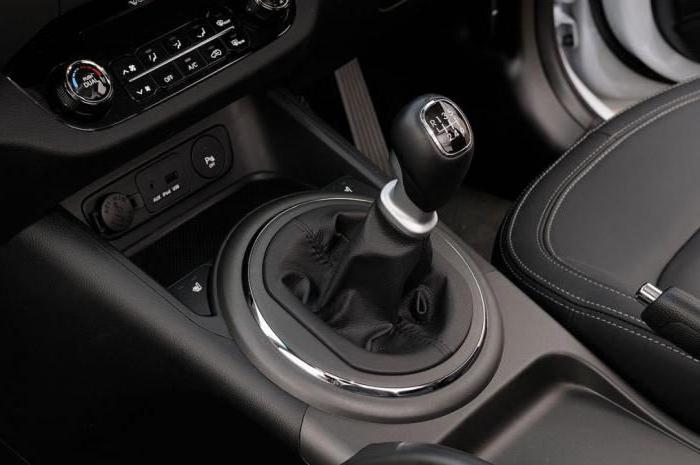Harmonica is a modern musical instrument with an ancient history
Harmonics is a term that has severaldefinitions. This word is used by musicians, mathematicians and physicists. In mathematics, the harmonic is the simplest periodic function. In physics, this is a vibration. In music, the science of harmony. Harmonics were also called textbooks, in which the course of harmony was laid down.
Harmonics is a common name for the familyvarious musical instruments that produce sound through a flexible vibrating plate. Such tools are called reed. To bring the tongue into action, you need to blow on it, pinch it or pull it away.

The first reed instruments
Harmonica is quite an ancient tool. His prototypes were known even before our era. In ancient China, there was an instrument that resembles modern harmonics. He was called shen. By its internal structure more like a labial organ. It was made of reed or bamboo tubes.
Shen used for the accompaniment of musical works of court singers and dancers. Soon he became popular among ordinary people.
Types of harmonics
- Hand harmonica. In such instruments, sounds are issued by a stream of air, which activates the tabs with the help of fur. Basically they have two keyboards: the right and left. These include accordion, accordion and accordion.
- Foot harmonic. If, in the case of the previous species, the fur was operated by the hands, then in the leg harmonics it is activated by the feet. Harmonium - a tool that looks very similar to the piano, but the mechanism of the sound is quite different. If the pianoforte is a string-keyboard instrument (the sound is extracted when the hammer strikes the string), one pedal of which pushes the muffler off, and the other, on the contrary, presses it, then the harmonium is a reed wind instrument, and the pedals serve to inject air that leads action mechanism. The nymph and organol belong to the leg harmonics.
- The harmonica is one of the most compact musical instruments. There are no fur here, therefore, to bring the tongues into action, you need a mouth directly.
- Other types of harmonics include orchestrion, multimonic and melodic harmonic.

The history of the harmonica
The first harmonica was created in 1821. It was intended, rather, as a tuning fork than a musical instrument. It was a plate with slots and tongues. The sound from it was extracted only by means of exhalation. The author of the creation was the watchmaker.
The term "harmonica" derives from the nameaccordion, which was called "hand accordion". Since their principle of operation is similar, the compact musical instrument began to be called the "harmonica" or "labial harmony."
This little musical instrumentspread around the world very quickly. Production of accordions did not stop even during wars, they, on the contrary, supplied soldiers. The harmonica even lit up in the silent cinema, of course, it was impossible to hear it there, but the fact remained on the tape.
The peak of the popularity of small harmony fell on1950s, when the whole world exploded into a wave of rock and roll. Now the instrument is also popular among the representatives of different musical directions.

Out of the ordinary
Virtually all harmonics can be attributed to wind instruments, but there is one kind of harmonics - glass ones - which are very different.
This tool is an improved kind of musical glasses. Everyone knows that if you wet your finger and lead them around the rim of the glass, sound will be emitted.
A musical harmony is called a tool,which consists of hemispherical glass cups strung on a metal rod. It rotates and dips the glasses into the water, which makes them crystalically sound. The mechanism activates the pedal.
This musical instrument is referred to as idiophones, that is, the source of sound for them is the body of the instrument itself.















